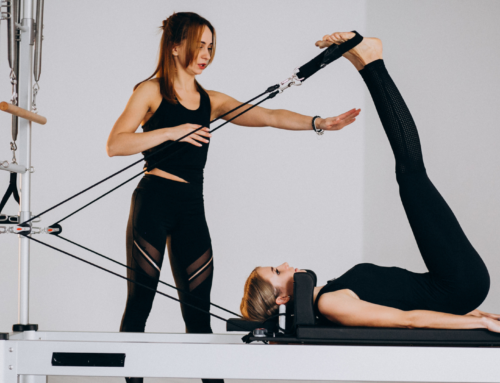What exercises can I do when I do have an injury? Injury focused exercises
I think we all know the importance of doing exercises, whether you have an injury or not. Of course, there are exceptions to this rule, however, your medical team and physiotherapist/exercise physiologist can guide you as to what’s appropriate. Let’s talk about some of general exercises as well as more specific work you might be able to do with certain injuries. Before starting an exercise program always seek advice from your medical team or treating physiotherapist/exercise physiologist.

Lower limb injuries eg. pain in the foot, ankle, calf, knee, thigh
General
Usually the best type of general exercise will include water based activity, whether that’s swimming or hydrotherapy. This allows a lot of movement without the loading that exercise on land provides. Other possibilities, depending on the severity and location of injury, gentle walking and cycling may be possible. Of course upper body training is still a great option.

Specific
Balance training is particularly important for lower limb injuries as balance can diminish quickly. Gentle range of movement exercises of the joint affected is also important and when appropriate strengthening can take place to improve function. Sometime gait retraining is necessary and last of all sports specific training if required.

Trunk injuries eg. pain in the hips and back
General
Bed rest used to be a common recommendation for back pain however now we know this can be detrimental to the healing process as well as overall health and fitness. Gentle walking and pool based exercise are often tolerated well and helpful to healing.
Specific
Depending on the actual issues with this area, Pilates is a great start to improving the overall function and strength of the mid-section and has a varied degree of difficulty to allow for severe injury to minor aching recurrences.

Upper limb injuries eg. pain in the hand, wrist, elbow or shoulder
General
All isolated lower body exercises are fine to continue on with provided they don’t effect the upper body. For example, walking and squats are lower body and trunk based movements so should be able to be continued on with whereas cycling may be a problem given you will need to hold onto your handlebars!
Specific
Range of motion activities are usually the first type of exercises you can begin with with gradual strengthening added when the time is right. You might start with just lifting the weight of your arm to start, or using hydrotherapy as water resistance. As you get stronger, thera-bands and weights may be added. There are some movements that will be avoided until you are nearly back to full function as they can be quite aggravating eg. overhead lifting with a shoulder injury.
As mentioned above, speak to your rehabilitation team regarding the best course of action. This should include your medical providers, your physiotherapist and exercise physiologist. The important thing is to get you back to doing safe, effective exercise to assist in the rehabilitation of your injury and maintaining good overall health!






